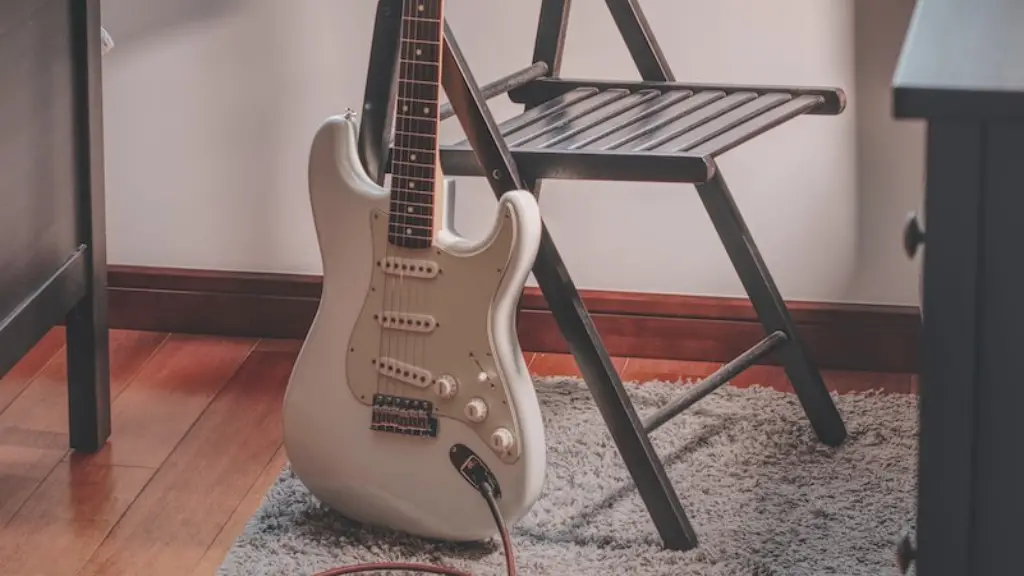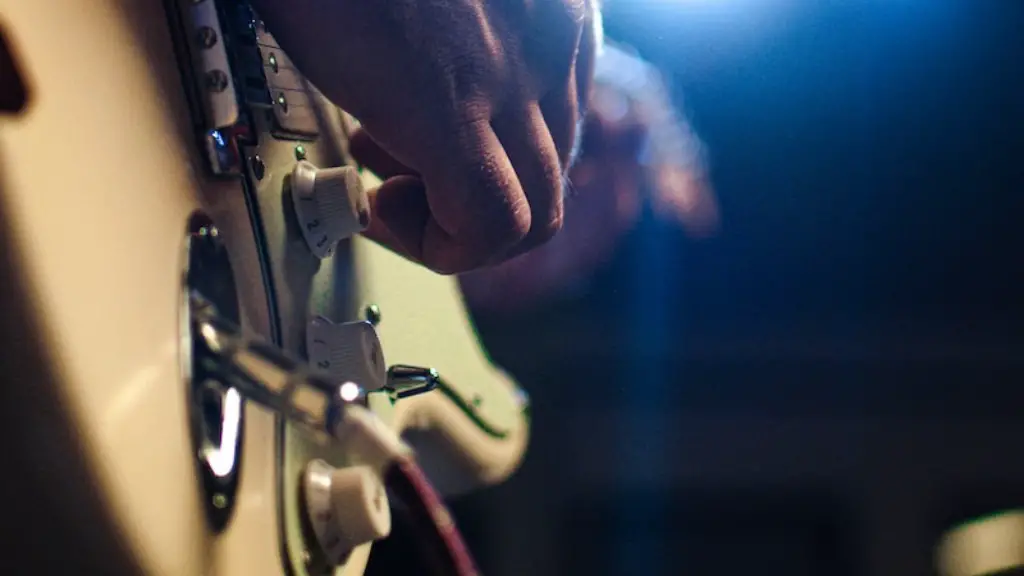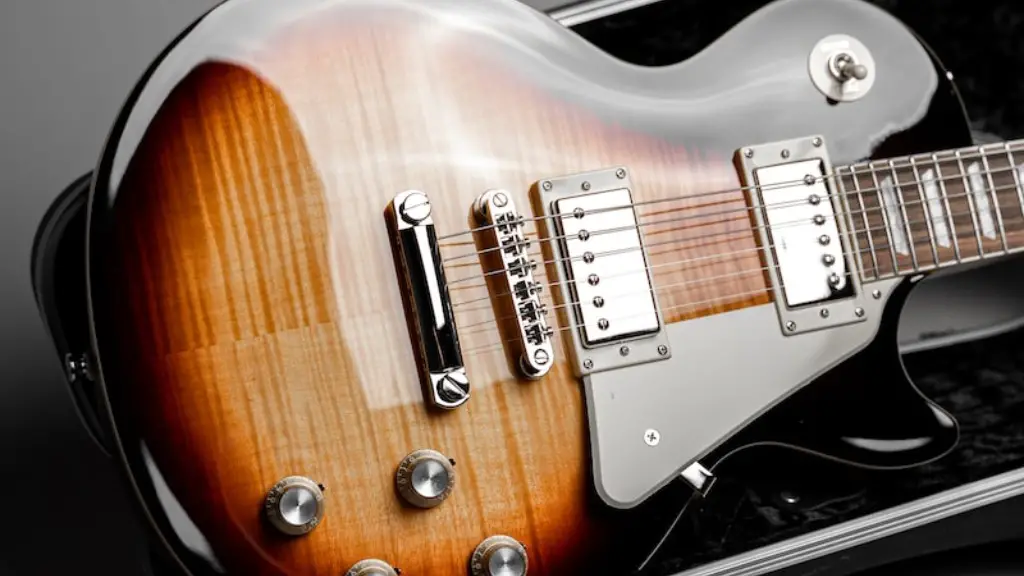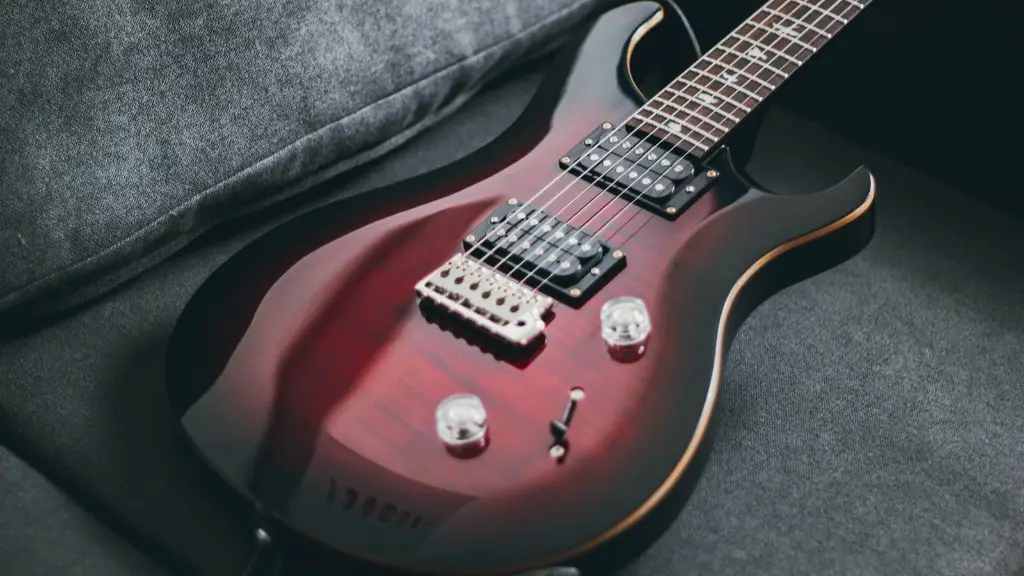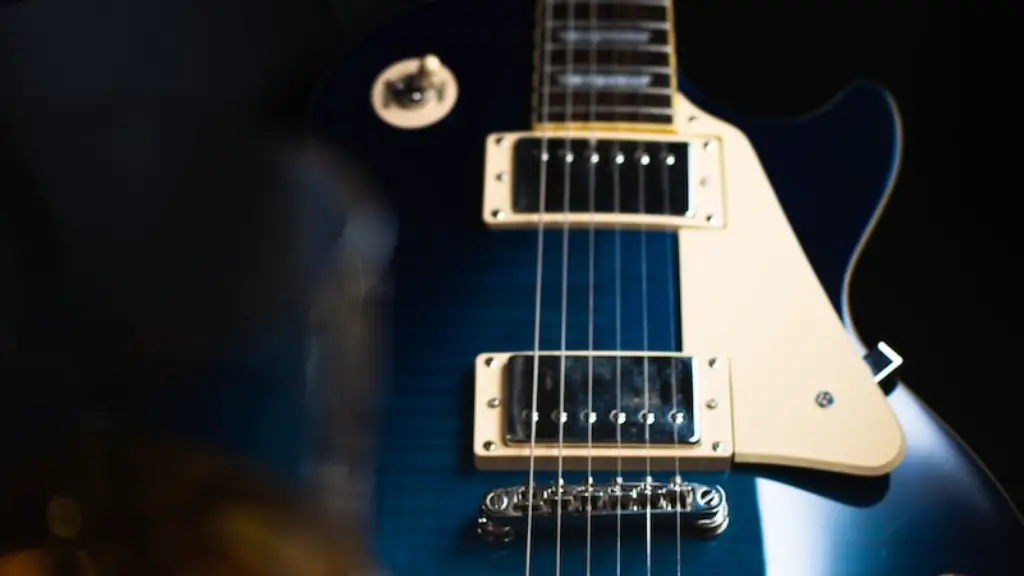The electric guitar has been a mainstay in popular music for more than seven decades.
The first electric guitar was invented in 1931, making it one of the earliest musical instruments to be electrified. The initial design was created by George Beauchamp and Adolph Rickenbacker. They combined a magnetic pickup with an amplified horn to create the first electric guitar. This design was later improved upon by Gibson and Fender who created some of the most iconic electric guitars ever made.
Since then, many different variations of the electric guitar have been created with various body shapes, pickup configurations, and effects. It has become one of the most versatile instruments in popular music and is used by musicians from all genres around the world.
Today, electric guitars are an integral part of popular music and it all started with the invention of the first electric guitar.
History of Electric Guitars
The electric guitar is one of the most popular musical instruments today. It has been around since the early 1930s, when George Beauchamp and Adolph Rickenbacker developed the first commercially successful electric guitar. This was followed by advances in technology, such as new pickups and amplifiers, that allowed for a greater range of sound. The 1950s saw the emergence of rock ‘n’ roll and the electric guitar took center stage. Popular artists like Chuck Berry, Buddy Holly, and Elvis Presley all helped to make the electric guitar an iconic instrument.
In recent decades, advances in electronics and manufacturing have allowed for a greater variety of electric guitars to be made available to musicians. There are now many different types of guitars available, ranging from classic designs to more modern takes on the instrument. Electric guitars are used in a wide variety of musical styles including rock, blues, jazz, funk, metal, and many others. They have become an integral part of modern music culture and can be heard everywhere from small clubs to large arenas around the world. The electric guitar is here to stay.
Benefits of Electric Guitars
Electric guitars have been around since the mid-1930s and have been a favorite among musicians ever since. They offer many advantages over traditional acoustic guitars, including easier playability, greater sound projection, and a wider range of tones. One of the biggest benefits of electric guitars is the ability to amplify their sound through electronic amplification. This ensures that your playing can be heard over the rest of the band or in larger venues. Additionally, electric guitars are generally easier to play than acoustic guitars due to their thinner strings and lower action.
The wide variety of tones available with an electric guitar is another major benefit. Through use of effects pedals, distortion boxes, or amplifiers, you can create a much wider range of sounds than with an acoustic guitar. You can also generate a variety of different effects such as reverb, chorus, delay and more simply by adjusting knobs on your amplifier or pedal board. This allows for greater creative expression for the player.
Finally, electric guitars are relatively lightweight compared to their acoustic counterparts making them much more comfortable for extended playing sessions or live performances.
Famous Electric Guitar Players
Electric guitar has been around since the 1930s, and since then many influential guitarists have emerged. Jimi Hendrix, Jimmy Page, and Eddie Van Halen are some of the most iconic electric guitarists of all time. They helped shaped the sound and style of modern rock music. Another great guitarist is Eric Clapton who is often referred to as one of the greatest musicians of all time. Other notable electric guitar players include Slash from Guns N’ Roses, Kirk Hammett from Metallica, and Stevie Ray Vaughan. All these artists have had a major impact on modern music.
Electric guitars are also used in other genres such as jazz, blues, and country music. In jazz, Wes Montgomery was an incredibly influential electric guitarist with a unique style that shaped the sound of jazz for decades to come. B.B. King was a legendary blues guitarist who is often considered one of the best ever in that genre. And in country music Chet Atkins is renowned for his impeccable technique and distinctive tone which can be heard in many classic country songs.
Parts and Anatomy of an Electric Guitar
Electric guitars have evolved over the years, but many of the basic components remain the same. The most important part of an electric guitar is the body, which houses all the other components. The body is typically made from wood and can be a solid piece or hollowed out for a more lightweight design. The neck is attached to the body and contains frets and a fretboard that allow players to make notes. At the top of the neck is the headstock which holds tuning pegs for tuning strings. Electric guitars also have pickups which are magnets that convert string vibrations into electrical signals sent to an amplifier. Finally, there are controls such as volume knobs and pickup selectors used to shape sound.
The first electric guitar was created in 1931 by George Beauchamp and Adolph Rickenbacker. It was called “The Frying Pan” because of its long, shallow body shape. In 1936, Gibson released their ES-150 model which became one of the most popular electric guitars ever made. Since then, electric guitars have grown in popularity with many iconic models being released over the years.
Different Styles of Playing on an Electric Guitar
Electric guitars have been around since the 1930s, but it was in the 1950s that they really began to gain traction. Electric guitars are used in a variety of genres, and each genre has its own distinct style of play. From blues to metal, there are a variety of ways to play an electric guitar.
The most common style is blues-based guitar playing. This style relies heavily on bends, slides, and vibrato to create expressive and soulful licks. It also involves regularly alternating between chords and single notes.
Rock music has its own style as well. It often features more aggressive playing such as power chords, palm muting, and fast picking techniques. The goal is usually to create a wall of sound with blazing solos as the highlight of each song.
Heavy metal takes rock guitar playing to a new level with faster tempos, intricate riffs, and heavier distortion. It also incorporates more technique such as tapping and sweep picking in order to create complex melodies that are unique to this genre.
Finally, jazz guitarists use their instrument in often very sophisticated ways such as harmony lines, solo improvisations and chordal accompaniments with sophisticated rhythm patterns. Jazz is all about creating some truly unique sounds through creative playing techniques.
No matter what type of music you’re into, there’s a style of electric guitar playing that you can learn and enjoy!
Cons and Challenges of Playing an Electric Guitar
Playing an electric guitar can be a thrilling and rewarding experience. However, there are some cons and challenges that should be taken into consideration. One of the main challenges is the cost of buying the equipment, which can be expensive depending on the make and model. Additionally, learning to play the electric guitar requires more time, effort, and dedication than playing an acoustic guitar. Electric guitars require knowledge of electronic components such as amplifiers and effects pedals, which can be difficult to master for inexperienced players. Furthermore, setting up and tuning an electric guitar can be a complex process due to its various components.
Despite these cons and challenges, playing an electric guitar has many advantages such as increased volume levels, a variety of sound options due to effects pedals, improved sound quality when compared to acoustic guitars, and it is also much easier to record with an electric guitar. The first electric guitar was introduced in 1931 by engineer George Beauchamp and guitarist Adolph Rickenbacker. Since then, there have been many advancements in electric guitar technology which continue to fuel its popularity among musicians today.
Final Words
The electric guitar has been around for quite some time, and is still a favored instrument for many genres of music. The first electric guitars were created in the 1930s, but it was not until the 1950s that they became widely available. Since then, the electric guitar has become an integral part of popular music across most genres and styles. Today, the electric guitar continues to shape and influence music around the world.
Electric guitars have come a long way in the past century, and have made a huge impact on modern music. From its early days to today’s advanced technology, the electric guitar continues to evolve as musicians seek out new sounds and styles to explore. It’s no wonder that this instrument still holds such a powerful place in our culture today.
